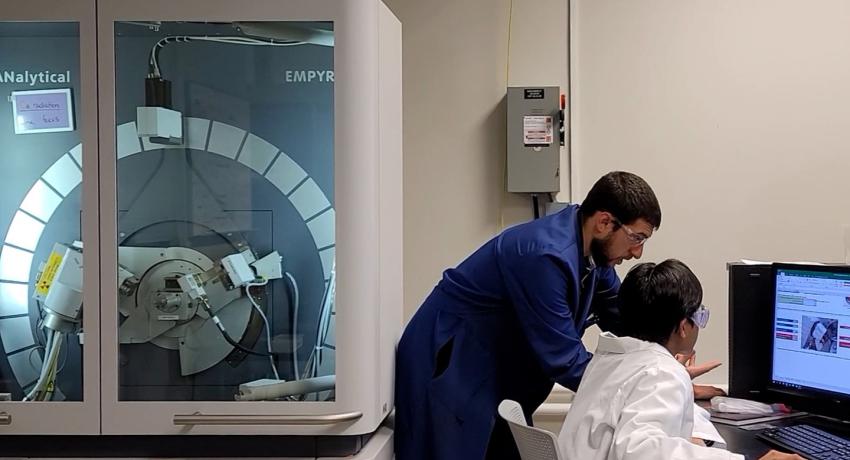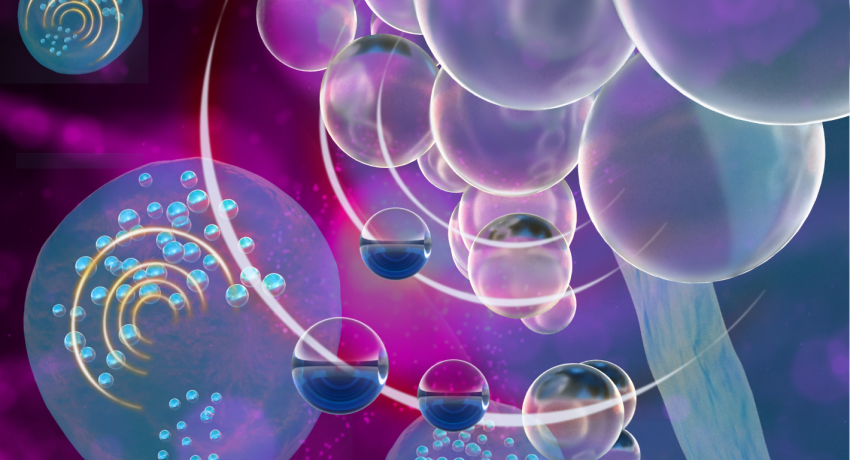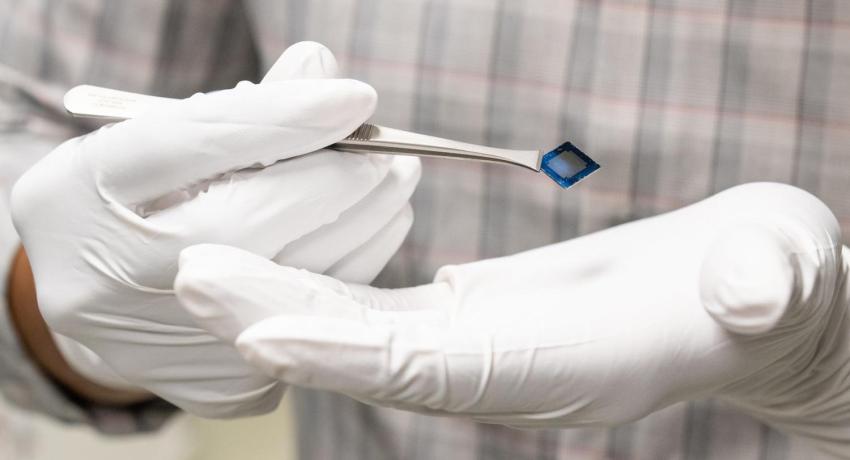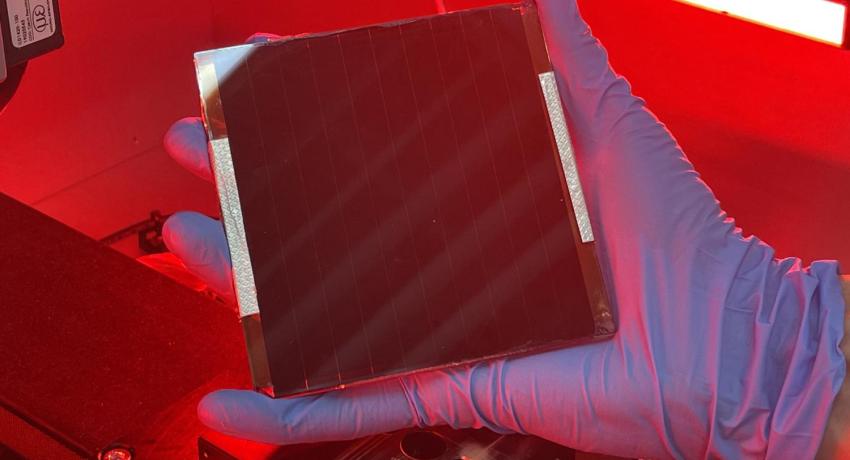Fellowship gives undergraduates chance to do research with real impact
By Jamie Oberdick
UNIVERSITY PARK, Pa. — One of the more innovative energy-saving tools at Penn State was not implemented by a faculty member, employee, or graduate student. Instead, it was developed by undergraduate students who are part of an innovative and unique research fellowship offered by the Materials Research Institute (MRI).
